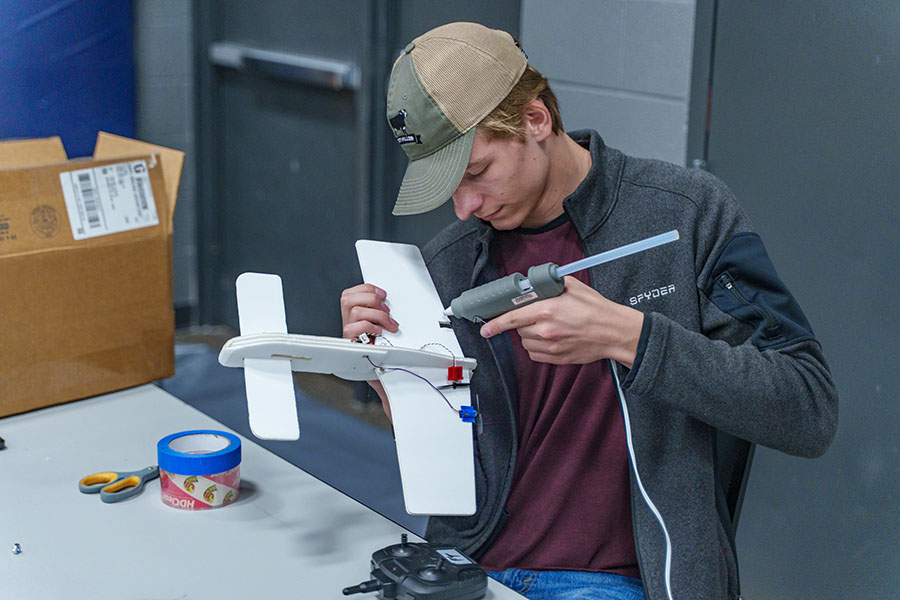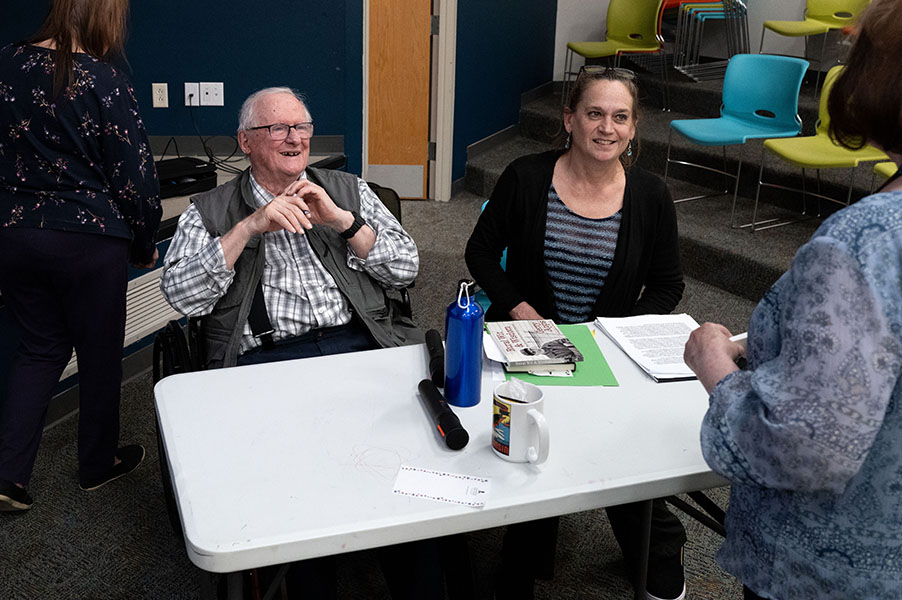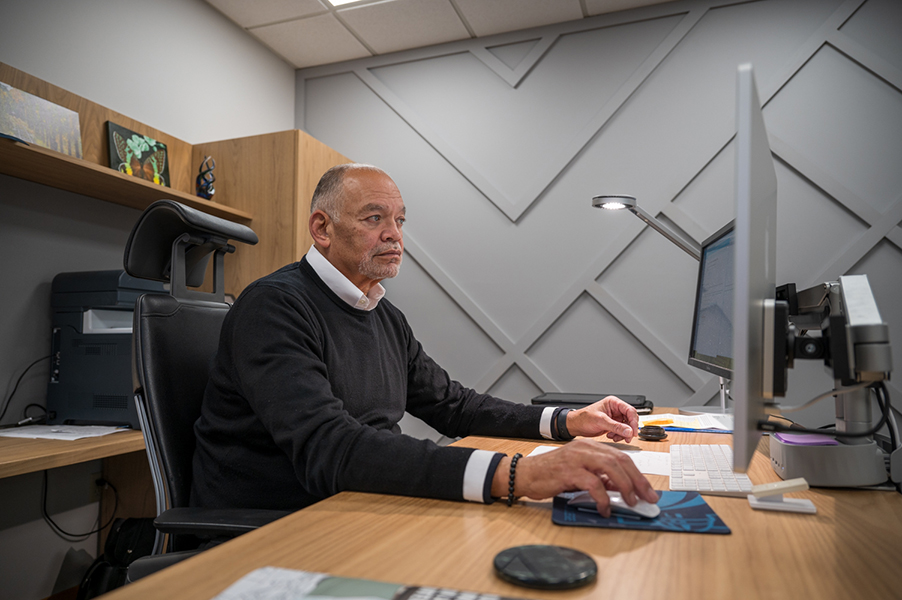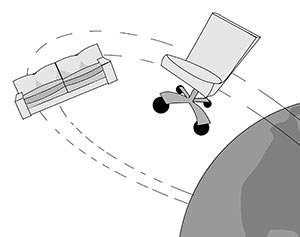Natalie Sowl
Graphic Designer
The clock reads 6:05 p.m. and the English essay due tomorrow morning doesn’t even have a title. It might be tempting to sit down and not get up until its completion. However, long study sessions could have unhealthy side effects. Remaining stationary for too long actually increases risk of premature death, heart disease, and cancer. Luckily there’s a simple solution.
Many commonplace activities foster the unhealthy habit of sitting for long periods of time. Commutes, class lectures, watching TV, and desk jobs have a common theme: uninterrupted periods of sitting. Recent research mounts to prove that this tremendously common thing wreaks havoc on our bodies and affects the way we age. In her new book, “Sitting Kills, Moving Heals,” Dr. Joan Vernikos explains why sitting can lead to early death. Her research comes from years of working with astronauts, studying the effects of gravity (or lack thereof) on the human body. Dr. Vernikos headed NASA’s Life Sciences Division, and her research there produced shocking results.
Dr. Vernikos’ work involved keeping astronauts healthy in space, which presents many challenges. On Earth, humans are constantly fighting gravity, and that fight keeps us strong.
Every time you stand or move, an invisible force pulls you down toward the center of the Earth. In space, however, there is no gravity – no fight. Bone and muscle mass breakdown that happens in a week in space takes up to a year on Earth. The body breaks down much faster when released from gravity.
Sitting down in a chair creates a microgravity environment. The full effects of the force aren’t felt because the chair supports the weight rather than the person sitting. This microgravity has similar effects on Earth as zero-gravity has on astronauts, though to a much lesser degree. Sitting for long uninterrupted periods lets your body marinate in that microgravity, accelerating bone and muscle mass loss.
Unfortunately, many people today do sit for long periods of time because so many regular activities require it. Many occupations and recreational past time require little else but sitting still. But there is hope, and the solution does not require changing those regular activities.
“It’s not how many hours of sitting that’s bad for you, it’s how often you interrupt that sitting that’s GOOD for you!” Dr. Vernikos says.
Interrupting sitting trumps even regular cardio exercise in some respects. Research shows that even people who regularly exercise (five times a week, 30 minutes per session) are still at risk for health problems if they also sit uninterrupted for most of the day. It’s the change in posture that really makes the difference. Incorporating more movement into a daily routine can make as much difference as a regular exercise program.
Moving more often is simple, you just have to decide to do it. If you’re studying for an exam, take a few breaks every hour, just to stand and stretch. Research recommends standing up at least 35 times a day to counter the effects of sitting for extended periods of time.
Add in small movements throughout the day, and you’ll be safe from the harmful effects of sitting. Do a jumping jack or a pushup. Walk to the bathroom. Find/build a standing work station. The Truax library and third floor commons area contain lots of places to stand and work.
Even raising your hand during class counts as adding movement. It will also increase your blood flow, invigorating your mind and letting you seem as sharp and witty as you really are. So don’t worry, you can still enjoy several hours of football from the couch every Sunday, just make those commercial breaks count and use them as an opportunity to get moving.


























